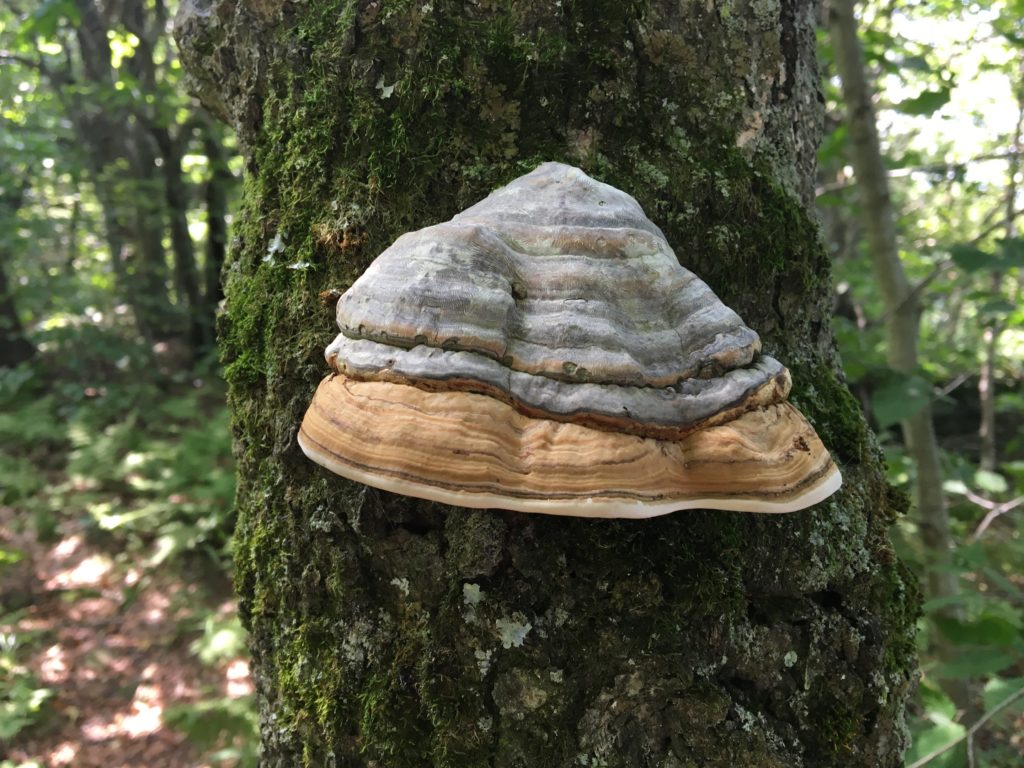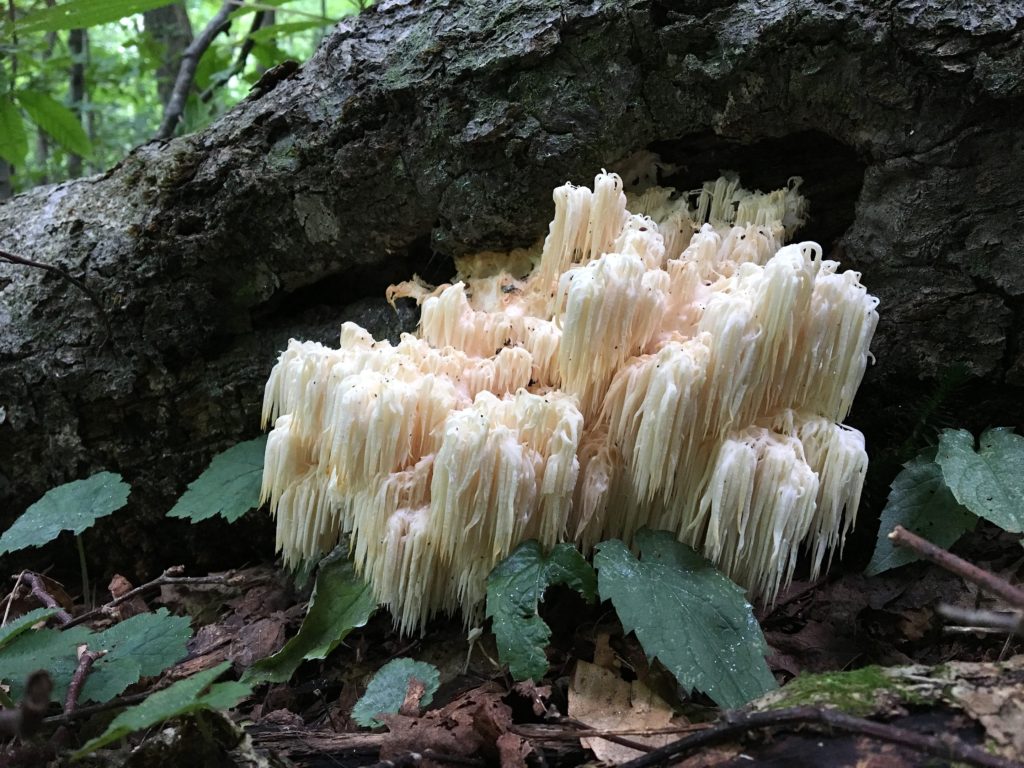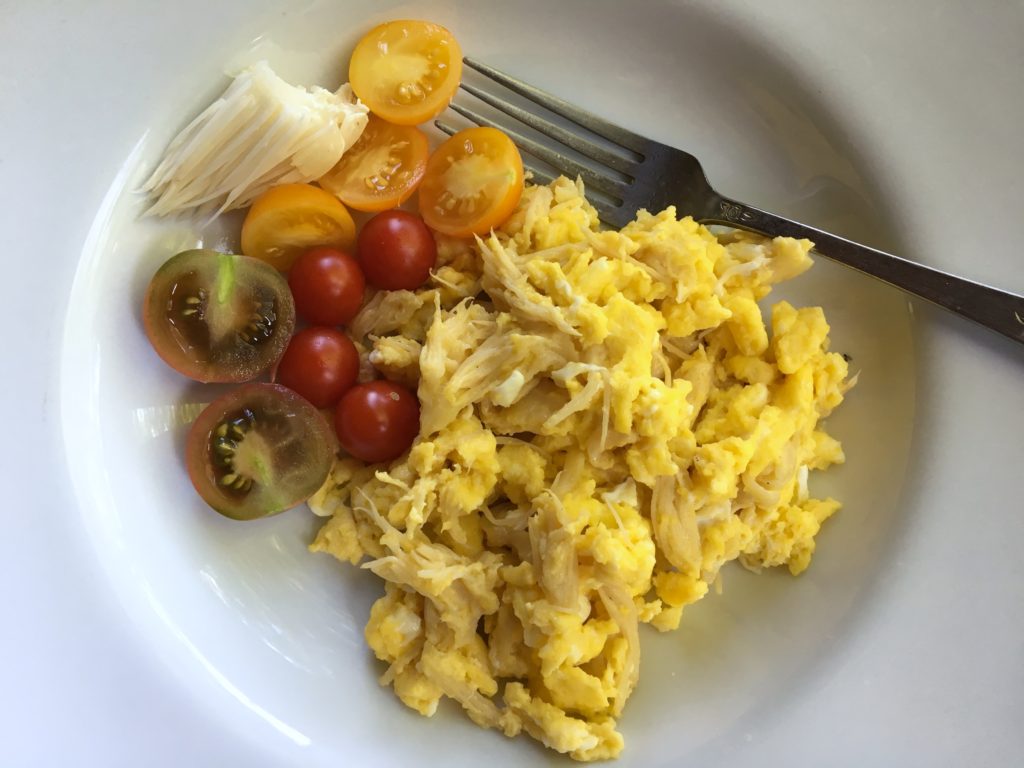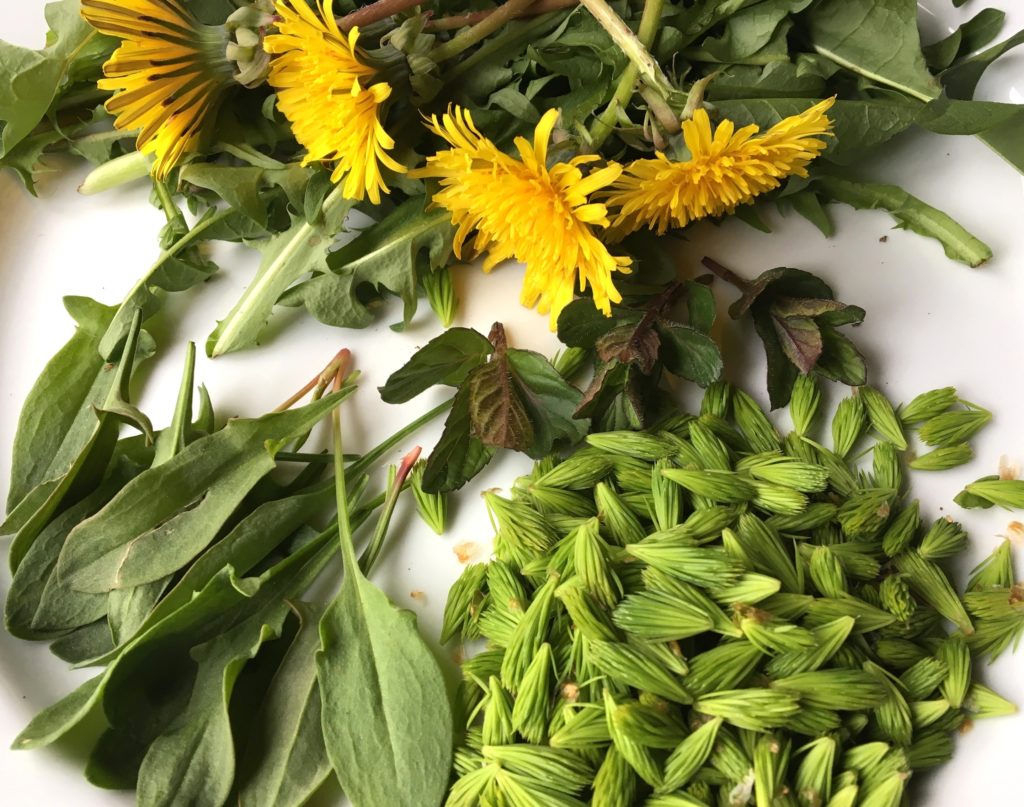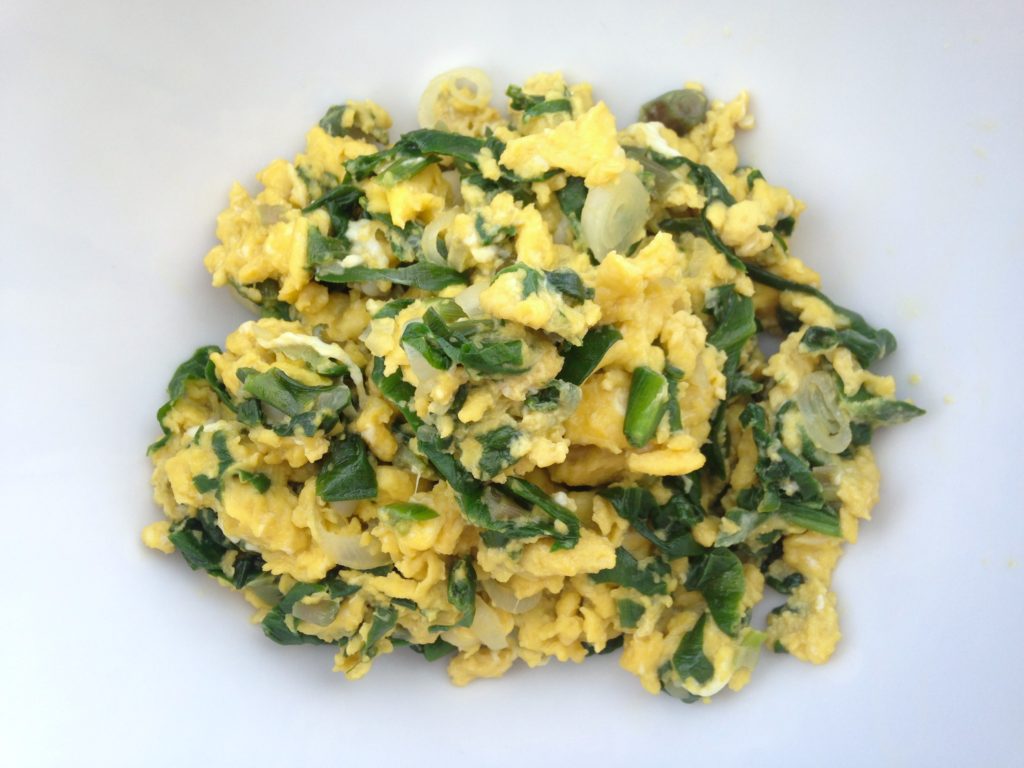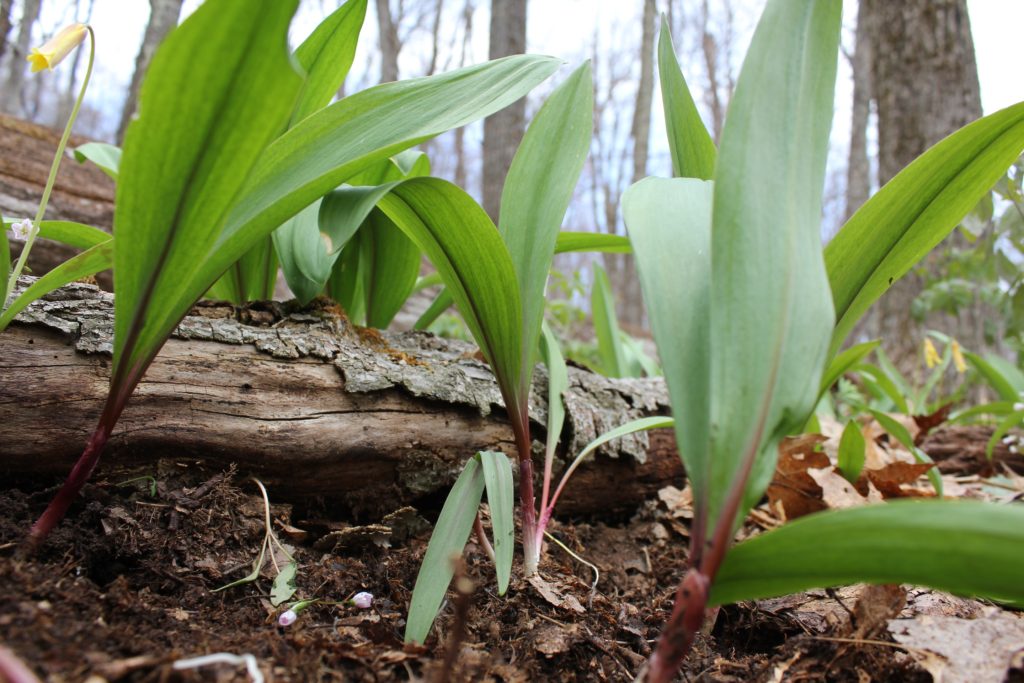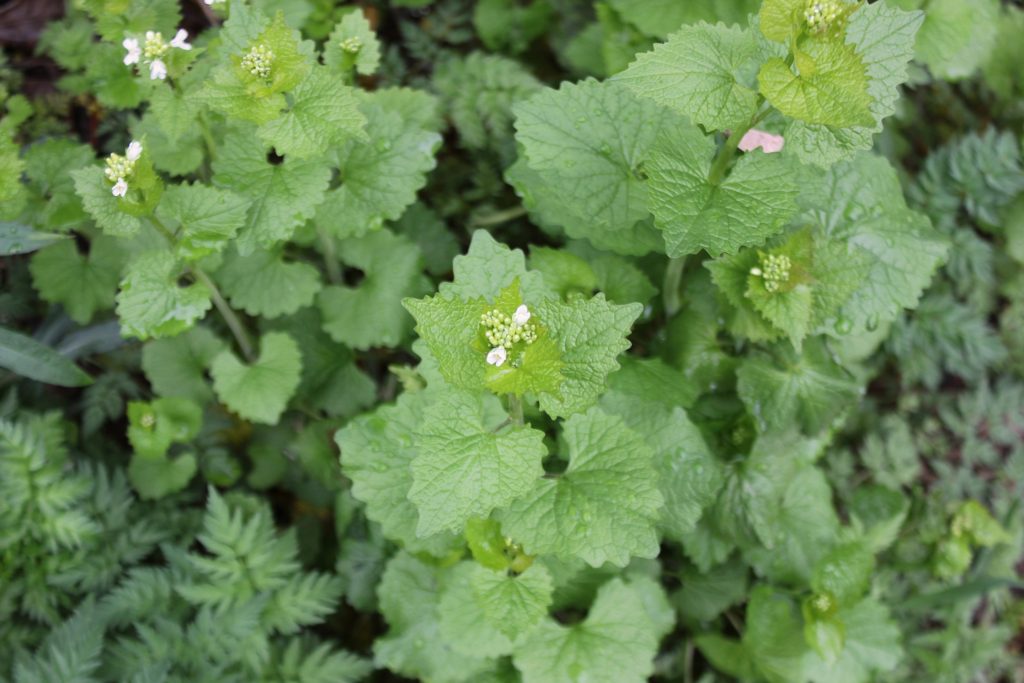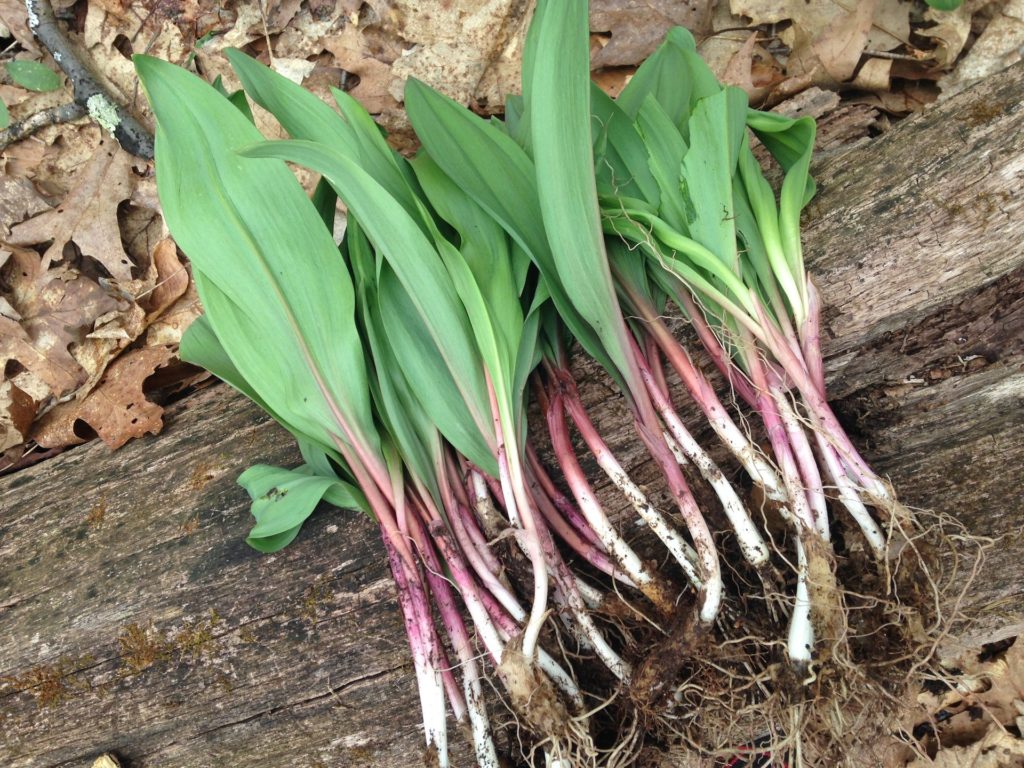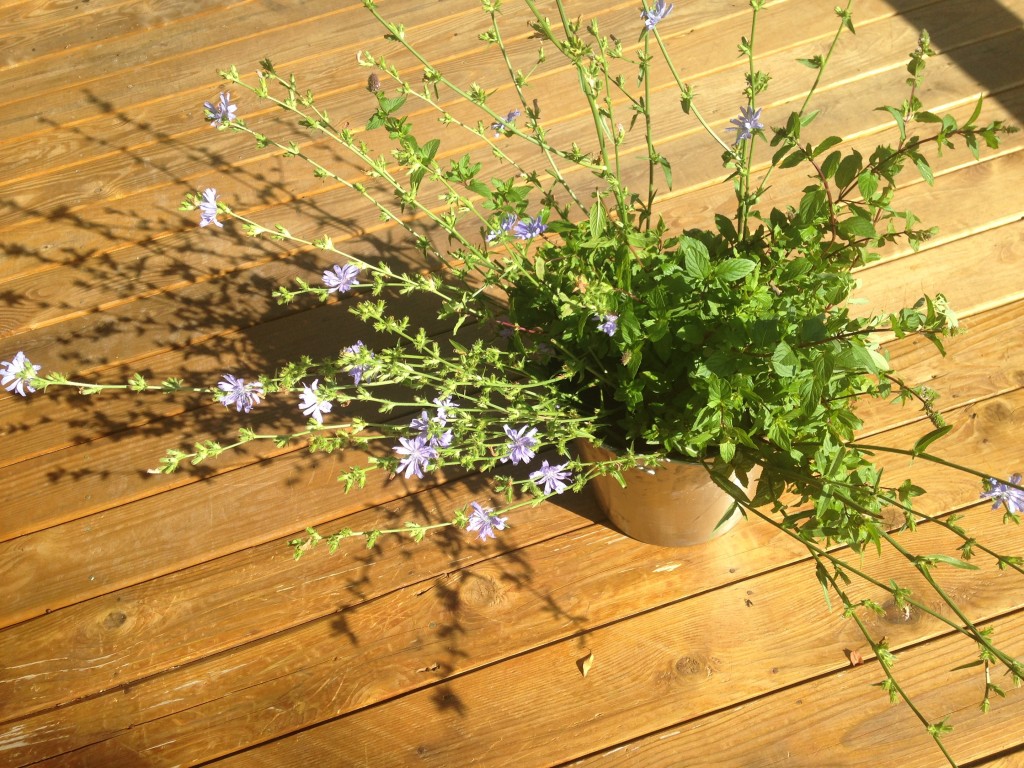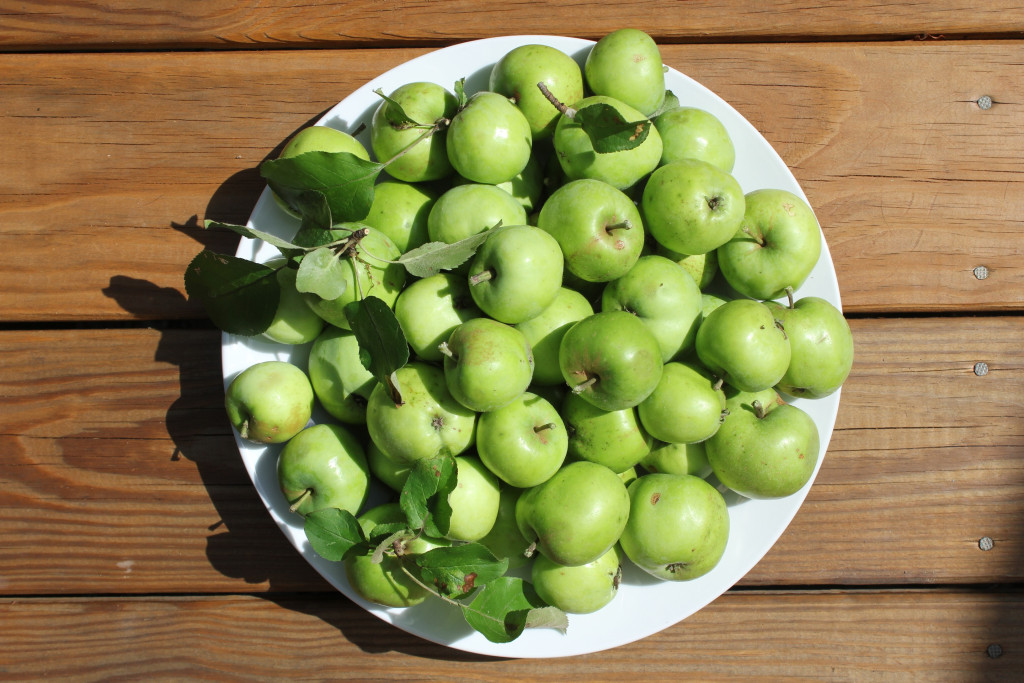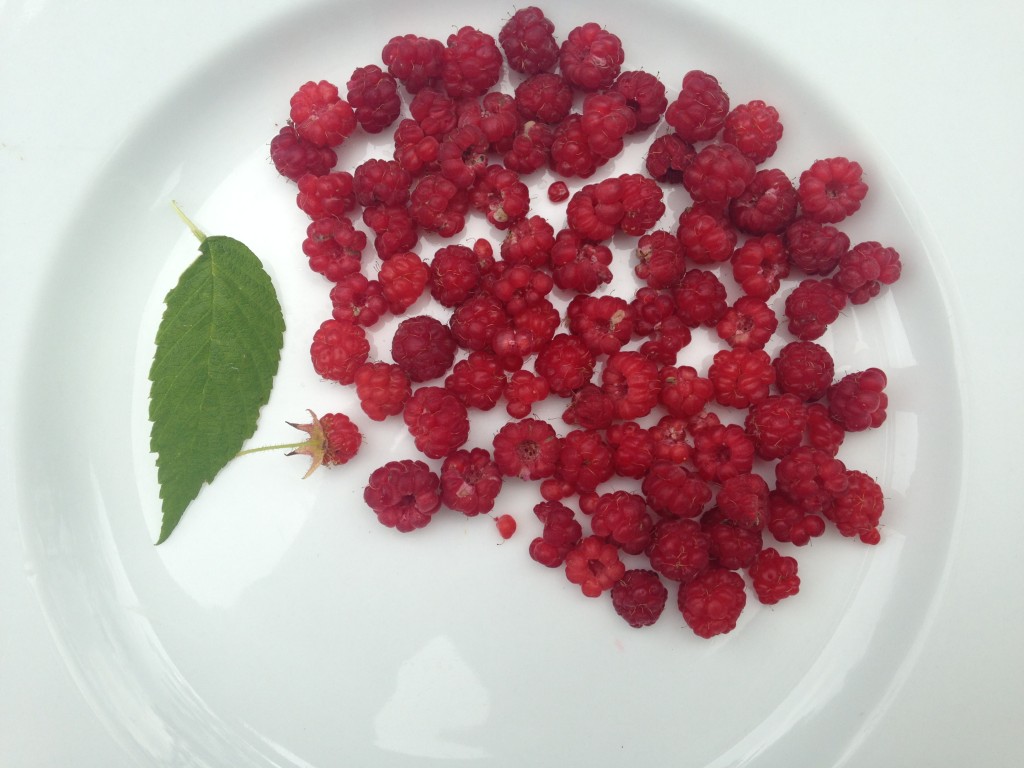This week’s torrential rain created ideal mushroom growing conditions and the chicken mushroom, turkey tail, ghost pipe, chaga and polypores are all ripe for the foraging. Get out there and pick them, paint them or just generally admire them before they dry, rot, or get eaten by other creatures, like the hungry bears that the July drought had forced towards more urban areas. There’s even a bolete or two in advance of their normal August season. The reservoir is high, creeks are gushing and mushrooms are glowing in the understory like little alien beings. Like a movie cliche, yesterday the dog bound off into the forest to chase a much faster creature than him, and I ran off after them both and stumbled into a grove of hemlocks dotted like acne with polypore and a carpeted with ghost pipe. The polypore pictured above is a tinder polypore, good as a fire-starter for campers, was an ancient antibiotic and a sort of chewing tobacco used by certain indigenous Alaskan tribes. Continue reading
Tag Archives: Catskills Foraging
Foraging: Lion’s Mane
There are several reasons to get excited about Lion’s Mane. First of all, it’s arrestingly beautiful, and when you spot it in the forest it appears to be luminous, as if a beam of light is shining through the forest canopy directly onto it. Lion’s Mane cascades over a log like a dreamy waterfall, frozen in time, with it’s milky stalactites. It’s also called the pom-pom mushroom for the obvious reason.
Second, it can’t really be mistaken for anything else. Some guides tell you to compare it to the poisonous yellow-tipped coral because when Lion’s Mane gets old the tips turn yellow, but the coral grows upwards. Even as a novice mushroom hunter though, I was pretty certain that what I had found (pictured above) was the real thing and that thought was backed up by two others more experienced than I am. (I have just eaten it, so if it’s not, it was nice knowing you.)
Furthermore, you can cultivate Lion’s Mane and it is widely said to have medicinal benefits, like Shitake and Reishi. Experts say that it improves neurological function and alleviates anxiety.
On top of that, it’s utterly delicious, tasting (raw) like a more meaty, fragrant, cooked lobster, with exactly the same texture.
If you’re looking to eat less seafood, you can buy kits to cultivate this exquisite delicacy and grow it yourself. Once you’ve tasted it, it’ll seem like a no-brainer. This mushroom is about 20% protein.
To prepare it, I sliced off the top part that had a lot of forest debris in it. Then broke off about five clumps of the tendrils and washed them thoroughly. (You never know what animal might have peed on it.) Then I separated the tendrils until I had what looked like about almost a cup of loose lobster meat and sweat it in butter. Then I added three beaten eggs and scrambled the mixture. You can see a piece of raw mushroom top left (below).
Local Catskills Foraging Guides
Foraging is not only an excellent way to supplement your diet, but it reduces your carbon footprint. I hear a lot of people complaining about climate change and foraging is a way to be some part of the solution. Eating whatever’s in your garden is the best way to put your money where your mouth is. Why have that salad sent from California when you have wood sorrel, dandelion greens, ramps, thistle roots, winter cress, burdock, plantain and wild lettuce on your property? Don’t spray your weeds; eat them. Some hardcore carnivores would be surprised to find that these foraged greens have any nutrition at all, but if you spend dark winters watching the deer battle on through a driving blizzard at zero degrees, knowing that they only eat vegetation, you have all the proof you need. Foraging is fun and hiking is the best exercise, gentle enough for everyone. Sorrel is has the taste of spinach with a lemony zing. Spruce tips, which are out now, are a little unusual with a taste reminiscent of citrus.
Wild leeks & Scrambled Eggs
If there’s anything quite as satisfying as foraging for your lunch, apart from growing your own food, I’d like to know what that is. Wild leeks, otherwise known as ramps, are having a good season here in the Catskills and many residents have them in abundance on their property this year. Don’t pick too many to ensure that your ramps continue to return every year. If you pick your whole crop they may not grow back. They require literally no maintenance, but you can enjoy them year after year if you take no more than a third of the crop. They smell like onions, have bright green leaves, red stems and you can eat the whole plant. A large ramp about 18 inches in length like the ones pictured below is enough for a two-egg scramble. This recipe calls for the ramps to be mixed in with the eggs.
Wild Leek & Scrambled Eggs Serves 4
10 small eggs
4 large wild leeks
1 large tablespoon of finely grated parmesan
1 tablespoon of butter
1 tablespoon of oil
Half a cup of milk
Salt & pepper to taste
Take the leeks, cut the leaves off and put the leaves to one side. Chop the stems finely. Heat a skillet with the oil in it and sautee the stems until soft.
Separately beat the eggs and milk in a bowl until thoroughly mixed and then, add the chopped leaves and parmesan and beat for a few more minutes until mixed. Add salt and pepper to taste.
Add the butter to the sauteed stems, allow it to melt and mix in with the soft stems. Add the egg mixture to the stems and cook lightly until scrambled.
Bon Apetit!
Daily Catskills: 05/05/16
Daily Catskills Lightbox: 05/06/15
Emergency Foraging
Country life means throwing on the wellies, sprinting out of the house at 8am ahead of the town mower to save a patch of wild mint and chicory before it’s razed by the town’s enormous lateral road leveler. Their incredible new machine has an industrial rake on it and the monster takes out eight-feet-tall thistles like it’s plucking daisies.
Experienced foragers often say that roadside foraging should be avoided because of brake dust and ice-melting salt, but big buckets of mint make a natural air freshener for musty rooms and workshops. Last year, the slugs got the mint, but they didn’t this year. This summer was a banner year for chicory, which is all over the roadsides everywhere. Get it into water immediately otherwise it will quickly wilt and makes good freshly cut flowers in clear vases for guest bedrooms.
Wild Apples
Wild apples are extraordinarily abundant and delicious in the Catskills this summer. They’re also slightly larger and sweeter than last year’s. Foraging for wild apples at the moment could not be any easier as they are just about everywhere you look. If you don’t have a tree or two on your property, it’s likely that you have a neighbour who does. If they aren’t going to pick their apples, ask them if you can pick some. Apple sauce freezes well for a couple of months and goes perfectly with and in a varied array of sweet and savoury dishes for breakfast, lunch and dinner.
Fill a large tureen with peeled and halved apples. (Wild apples go brown almost immediately after peeling, so you can pop them in a bowl of water with lemon juice to stop that if it bothers you.) Boil the apples in water slowly until they are soft, strain and mash them with as much sugar as desired. Let the mash sit for a half hour while the sugar dissolves, stir in some spices like cinnamon, clove or vanilla and then keep stirring until cool. Freeze in mason jars, but don’t add the spices if you’re going to freeze. Spices don’t freeze well, so add those when you use the sauce.
If you’re lucky enough to find a blackberry bush under the apple tree, you can add those to the sauce. Either mix them raw into the sugared apple mash for an easy pie filling or boil them separately with sugar to make a small amount of jam.
The best part about foraging for wild apples is that the fruit is pesticide-free, although it’s recommended that roadside foraging be avoided because of contamination from brake dust, motor oil and snow-melting sand or salt.
